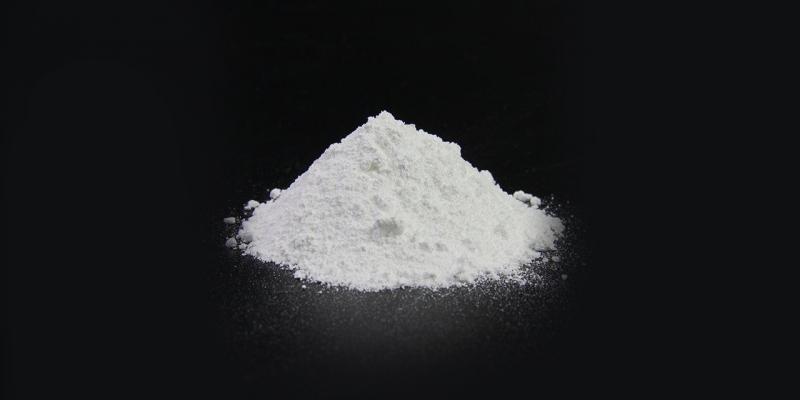Introduction
Urea formaldehyde is a versatile and widely used resin in the realm of industrial and consumer products. It belongs to the class of thermosetting resins and plays a pivotal role in various applications due to its excellent adhesive properties, cost-effectiveness, and ease of manufacturing. In this blog, we will delve into the world of urea formaldehyde, exploring its properties, common applications, and addressing its impact on the environment.
Properties of Urea Formaldehyde
Urea formaldehyde is a synthetic polymer that results from the reaction between urea and formaldehyde. The chemical reaction produces a water-soluble, thermosetting resin with distinct characteristics. Some key properties of urea formaldehyde include:
-
Adhesive Power: One of the primary reasons for its widespread use is its excellent adhesive capabilities. Urea formaldehyde can effectively bond different materials, including wood, paper, textiles, and various plastics.
-
Hardness: Once cured, urea formaldehyde becomes hard and rigid, making it ideal for applications where structural integrity is required.
-
Resistance: This resin exhibits good resistance to water, mild acids, and alkalis, making it suitable for use in damp or mildly corrosive environments.
-
Low Cost: Urea formaldehyde is a cost-effective option compared to other synthetic resins, which further contributes to its popularity in industrial applications.
Common Applications
-
Wood-Based Products: Urea formaldehyde finds extensive use in the manufacture of plywood, particleboard, and fiberboard. Its strong adhesive properties make it an excellent choice for bonding wood particles together, creating durable and robust panels for construction and furniture.
-
Textiles: In the textile industry, urea formaldehyde resins are used for finishing fabrics to improve their wrinkle resistance and crease recovery.
-
Paper Products: Urea formaldehyde is utilized as a wet strength resin in papermaking, enhancing the paper's strength and preventing it from disintegrating when exposed to moisture.
-
Molding Compounds: It is employed in the production of molded components for electrical appliances, automotive parts, and household items.
Environmental Impact
While urea formaldehyde has numerous practical applications, it is not without its environmental concerns. During the manufacturing process, some unreacted formaldehyde may be emitted, contributing to air pollution and potentially posing health risks to workers. Furthermore, in its cured state, urea formaldehyde is relatively stable. However, in certain conditions, such as high temperatures, it can degrade, releasing formaldehyde back into the environment.
Additionally, when urea formaldehyde-based products reach the end of their lifespan and are disposed of in landfills, there is a possibility of formaldehyde leaching into the soil and groundwater, further impacting the environment.
To address these concerns, regulatory bodies and manufacturers have been working towards developing low-emission or "no-added formaldehyde" (NAF) versions of urea formaldehyde resins. These NAF resins aim to minimize the release of formaldehyde during both production and product usage, thereby reducing the resin's environmental impact.
Conclusion
Urea formaldehyde remains a crucial component in various industries, especially in the production of wood-based materials and textiles, thanks to its strong adhesive properties and cost-effectiveness. However, its environmental impact cannot be overlooked, particularly in terms of formaldehyde emissions during production and potential release during product disposal.
As we move towards a more sustainable future, it is vital for manufacturers to continue their efforts in developing eco-friendly alternatives and for consumers to choose products made with low-emission or NAF urea formaldehyde resins. By striking a balance between the practical advantages and environmental considerations, we can ensure that urea formaldehyde continues to be a valuable resource without compromising the health of our planet and its inhabitants.
